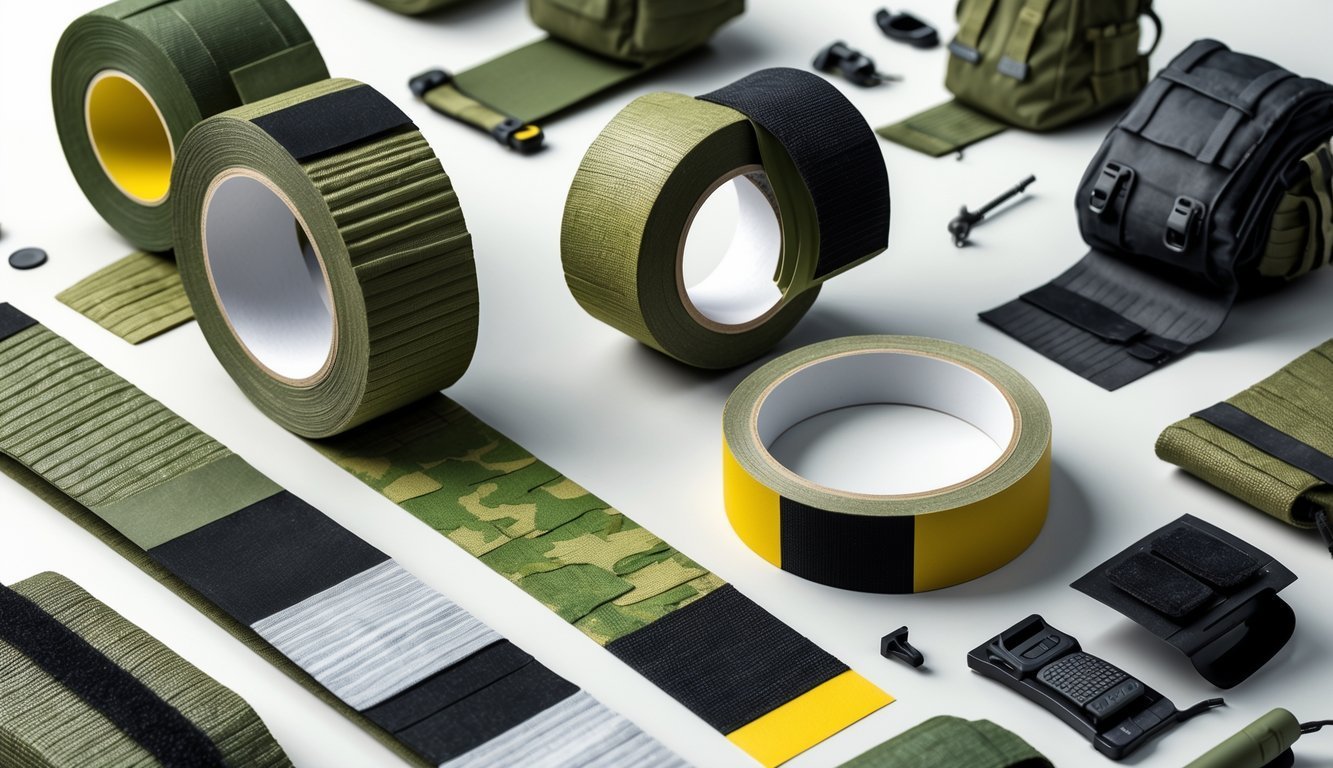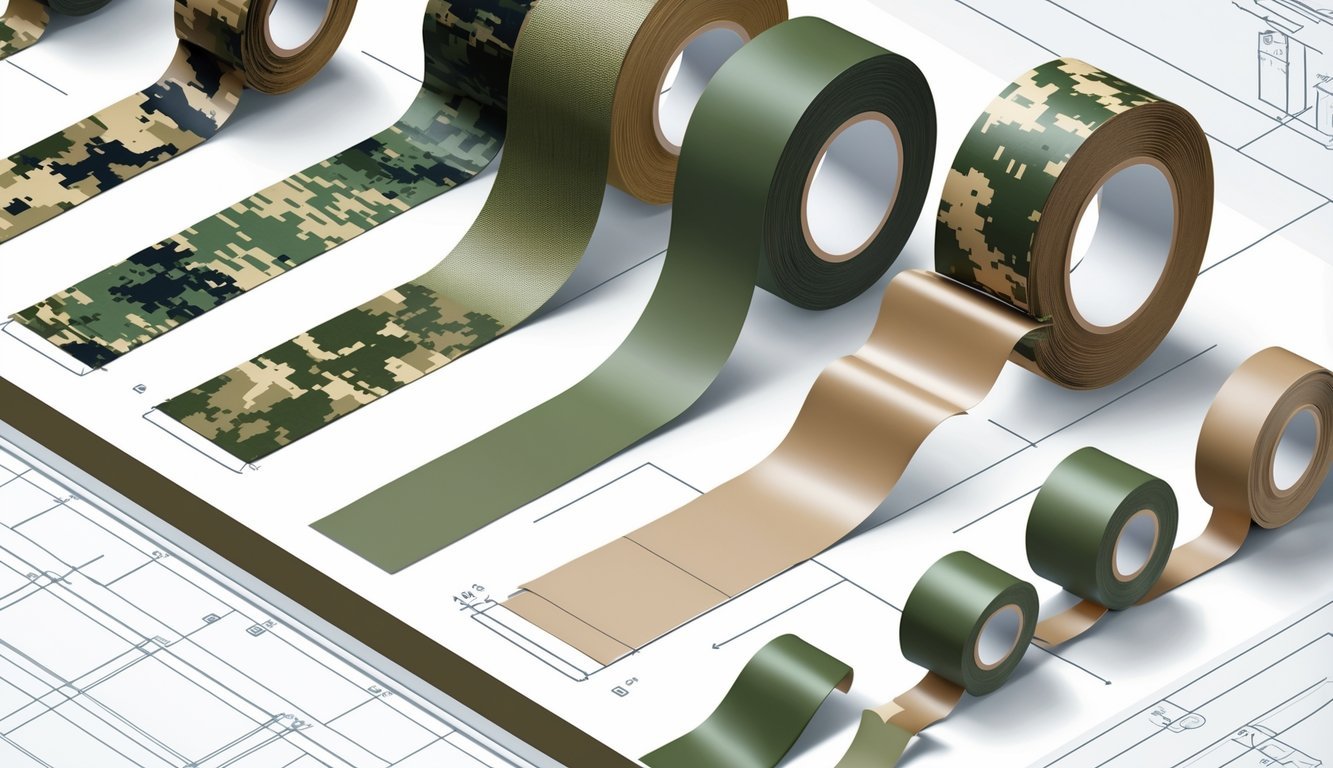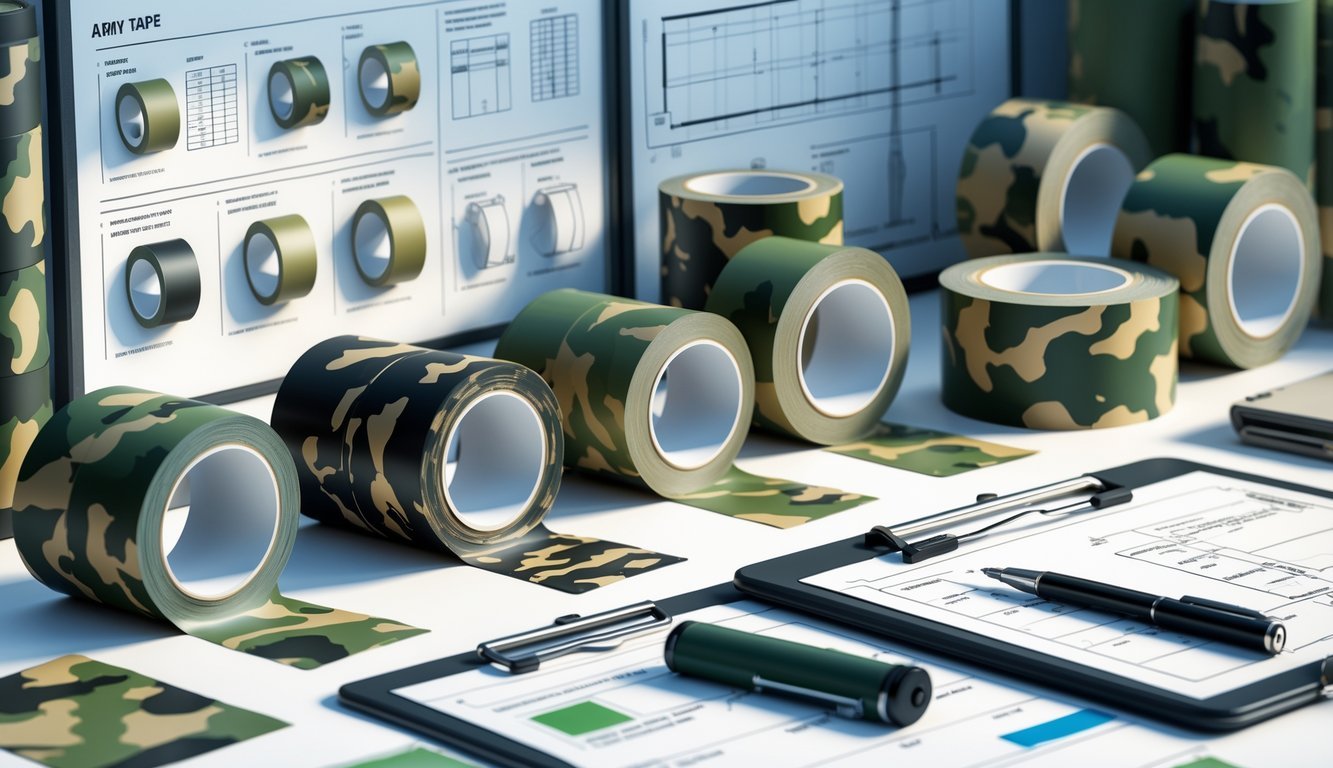PsychNewsDaily Publishers
100 Summit Drive
Burlington, MA, 01803
Telephone: (320) 349-2484
PsychNewsDaily Publishers
100 Summit Drive
Burlington, MA, 01803
Telephone: (320) 349-2484
The Army tape test measures body fat using a single waist measurement, ensuring fairness and accuracy under updated guidelines from Army Regulation 600-9.

The Army tape test is basically a quick way to check your body fat with just a measuring tape. It focuses on certain body areas—mainly your waist—to see if your fat percentage matches up with the military’s requirements.
Knowing these standards helps you figure out if you’re within the allowed limits or if you need to make some changes to stay fit for duty.
Recently, the rules changed. Now, both men and women only have to measure at the waist.
This update makes the process way simpler and more consistent. If you want to pass the test, you’ll want to know the exact numbers and how the tape test works so you can actually prepare.
When you understand how the Army tape test works and know what numbers you’re aiming for, you can track your progress and feel more confident about meeting the fitness requirements.

You need to know how the Army uses tape tests to measure body fat and meet fitness standards. The process relies on specific rules and methods to keep things fair and accurate.
Recent studies and updates have changed how these tests work.
The tape test checks if your body fat falls within the Army’s limits. It helps determine if you meet the Army Body Composition Program (ABCP) standards.
The Army cares about health and readiness, so they use this test to measure body fat, not just weight.
You use a measuring tape on your body to estimate fat loss and muscle mass. The test guides your fitness and nutrition plans so you can hit the required standards.
The tape test matters because too much fat can really mess with your performance and raise your risk of injury.
Your tape test follows rules in Army Regulation 600-9 (AR 600-9). This regulation sets the body composition standards and explains how to do the tape test.
In 2023, Army Directive 2023-08 and Army Directive 2023-11 updated these standards. The changes made the measurements more accurate and fair.
These rules apply to everyone in the U.S. Army, so all units stay on the same page.
If you don’t meet the standards, it can affect your career—like promotions or assignments. So, it’s pretty important to know the rules and stick to the limits.
The Army uses a circumference-based tape test for body fat measurement. This method calls for specific body measurements with a standard tape.
Instead of measuring at several sites, the new method checks only one spot—like the abdomen for men or the waist and hips for women.
This update speeds things up and makes testing more accurate.
A flexible fiberglass tape, about 1/4 to 1/2 inch wide, does the job. The tape is usually 5 to 6 feet long so it fits everyone.
You plug these measurements into a formula to estimate body fat percentage. That result decides if you pass or need to work on it.
The Army Comprehensive Body Composition (ACBC) Study brought some big improvements to the tape test. The Army Research Institute of Environmental Medicine ran this research.
The ACBC study found that the one-site tape test gives more reliable results than older methods. Accuracy went up by about 10%, which makes the test fairer.
Because of this, the ABCP now uses these new methods under Army Directive 2023-08. There are also extra body fat assessment options if you don’t pass the tape test but are still pretty fit.
These updates show the Army wants fitness standards to be based on science, not guesswork. That’s honestly a good thing.

When the Army measures your body fat, it uses specific tools and rules based on your size, age, and gender.
The process focuses on taking measurements around certain body parts. It uses formulas to figure out your total body fat percentage.
You might get extra tests if tape measurements don’t give a clear answer.
The Army uses a body fat calculator that relies on tape measurements. The calculator uses simple equations with your waist, neck, and sometimes hips to estimate your body fat percentage.
For men, the formula mainly compares the waist and neck. For women, it includes the waist, neck, and hips.
These measurements go into a formula that adjusts for your height. It’s designed to be quick and straightforward.
Now, the Army uses a one-site circumference tape method that focuses mostly on your waist at the navel.
Your height, weight, age, and gender all play a role in how the Army measures and interprets your body fat.
Height and weight set a baseline. If you’re under a certain weight for your height, you might not even need a body fat measurement.
Age matters too. Standards change based on age groups since the body changes over time.
Men and women have different body fat limits. Women usually get a higher percentage because of natural differences, like more fat around the hips.
When measuring, the tape goes right on your skin. You should be relaxed and breathing normally.
For males, the main measurement is around the waist at the navel height and the neck.
For females, measurements are at the neck, waist, and hips. The hip measurement is usually at the widest point.
The tape is typically ¼ to ½ inch wide and at least 5 feet long. This helps keep measurements accurate and consistent.
Tape tests aren’t perfect. Sometimes, your results are borderline or just not clear.
In those cases, the Army uses supplemental body fat assessment tools like InBody 770, Bod Pod, or DXA (Dual X-ray Absorptiometry).
These methods are more accurate. While tape tests are fast and easy, tools like DXA scan your whole body for precise fat and lean tissue percentages.
The goal? Make sure everyone gets a fair shot and stop people from trying unsafe weight loss tricks just to “make tape.”

Here’s where you’ll find answers about how the Army measures body fat percentage with the tape test.
You’ll also see rules about height and weight, where to find the official regulations, and how to take measurements the right way. Updates on standards and charts for male soldiers are explained too.
The tape test uses a measuring tape to measure specific body parts. You plug the measurements into a formula to estimate body fat percentage.
For men, you measure the neck and waist. For women, you measure the neck, waist, and hips.
The Army then uses these numbers to calculate your body fat.
The Army now allows tape testing at just one site, not several. This change makes things easier for everyone.
Height and weight tables have been tweaked to better reflect physical readiness. You have to meet these standards to pass.
The Army Body Composition Program rules are in Army Regulation 600-9, or AR 600-9.
You can find AR 600-9 online through official Army websites.
Use a flexible measuring tape that doesn’t stretch. Measure the neck and waist for men, and add the hip measurement for women.
Take measurements while the soldier stands straight. The tape should be snug but not compress the skin.
The chart lists the max weight for each height so you know if you need the tape test.
If your weight is over the limit, you’ll have to do the tape test to check your body fat percentage. The chart lets you quickly see if you pass the first screen.
The Army now uses just one measurement site instead of several. Honestly, this update should make the tape test a lot quicker and less of a hassle.
They also changed the formula for body fat calculation to fit the single tape measurement. Now, every soldier—no matter their gender or age—follows the same rule.